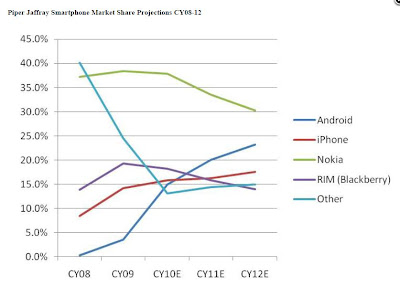To all my followers.... Stay out of equities for now, we have not hit the bottom yet.
The U.S. is still very much in danger of having its credit downgraded by one or more of the rating agencies. In not so many words, the measure that was passed today is PATHETIC. It does not address any of the problem children on the expense side of the U.S. government's income statement, such as MEDICARE, MEDICAID, or SOCIAL SECURITY. It is these entitlement programs that are racking up the charges on the U.S. governments "credit card", and these were the items least addressed in the proposal that passed today. What does this mean?
The picture is still very bleak for the U.S. economy and it's future. There will be an unemployment report out on Friday and be ready for some not so comforting numbers. The S&P still has at least 200 more points to drop before I would recommend broad purchasing of equities.
The indexes have pretty much been following their 200 day MA's right now, but for the most part are teetering over the edge of a cliff. A string of bad news, i.e. US downgrade, weak spending data, and weak unemployment data, could cause a breach downwards through that 200 day MA causing a "technical breakdown" in the markets.
Conclusion: Buy AFTER the breakdown, not before it.
Keep those trigger fingers at bay for now.
Program Your Trades for Success
Tuesday, August 2, 2011
Monday, July 18, 2011
How to trade a possible U.S. default??
While the hard deadline for a deal is Aug. 2, the closer we get to that date without a deal the more fear will become a factor in the markets. So how do you play this "default vs. no default" scenario?
If a deal is not struck, then we know a few things will probably happen:
If a deal is not struck, then we know a few things will probably happen:
- The Bond Market will be crushed.
- Bank stocks will be crushed (for the above reason)
- Volatility will shoot through the roof (usually an accurate measure of fear in the markets)
- S&P and DIJA will take a hit
- Make a volatility play such as buying VXX . This is a S&P 500 VIX Futures ETN. Essentially, it is an ETN that gains in value as futures contracts on volatility become more valuable. Thus, as more and more fear of a default enters the market, there will be a premium on volatility causing this ETN to gain in value.
- Open up far out of the money PUT options on an S&P ETF like SPY . The option will be cheap if you go far enough out of the money and will be sure to gain value in the case of a default (as we would see a huge hit to the S&P 500.)
- Short bank stocks. These will be the companies most vulnerable to a bond market crash, and there will be a lot of negative trading action on banks stocks in the case of a default.
Monday, July 11, 2011
What would a Sprint iPhone do to smart phone market share?
Piper's estimates below are currently based on an "iPhone-less" Sprint:
However, what would these projections look like if Sprint and Apple were to come to a deal before the end of 2012?? Surely, the Android growth line would have to be trimmed downwards to correct for increased competition on the Sprint network. It is estimated that even from the Verizon deal, Apple gained 10% of market share on new smart phone sales. Any opinions?
However, what would these projections look like if Sprint and Apple were to come to a deal before the end of 2012?? Surely, the Android growth line would have to be trimmed downwards to correct for increased competition on the Sprint network. It is estimated that even from the Verizon deal, Apple gained 10% of market share on new smart phone sales. Any opinions?
Wednesday, July 6, 2011
Diversification Continued....
Below is a simple example of how you might start to think about diversification. Although it is not all encompassing, it does a good job at illustrating all the components that make up an investment decision. It shows that although you may be looking at two different stocks or bonds; they may still share many other qualities, which can hurt your goals of diversification.

Here are some examples of diversification strategies as well:

These figures barely/hardly scratch the surface of how I will attempt to quantify diversification into "levels." However, the lingo of "Conservative, Aggressive, etc.." will be relatively similar. It no longer suffices to include only the categories of "Large Cap, International, Small Cap, Bonds, and Cash" due to the prevalence of new financial instruments such as ETF's and derivatives. So, for the purpose of this post, we will solely define the scope of our application.
We will include the following:
For Stocks:
Here are some examples of diversification strategies as well:
These figures barely/hardly scratch the surface of how I will attempt to quantify diversification into "levels." However, the lingo of "Conservative, Aggressive, etc.." will be relatively similar. It no longer suffices to include only the categories of "Large Cap, International, Small Cap, Bonds, and Cash" due to the prevalence of new financial instruments such as ETF's and derivatives. So, for the purpose of this post, we will solely define the scope of our application.
We will include the following:
- Stocks
- Options
- ETF's
- Bonds
- Mutual Funds
- Cash
For Stocks:
- Market Capitalization
- Industry
- Geography
- Volatility
- Dividend or No Dividend
- IN/OUT of the Money
- All Aspects of Stock Above
- Length to Expiration
- Allocation of Assets
- All Aspects of Stocks Above
- Credit Rating
- Length to Maturity
- Type of Bond
- Manager
- All Aspects of Stock
Subscribe to:
Comments (Atom)
